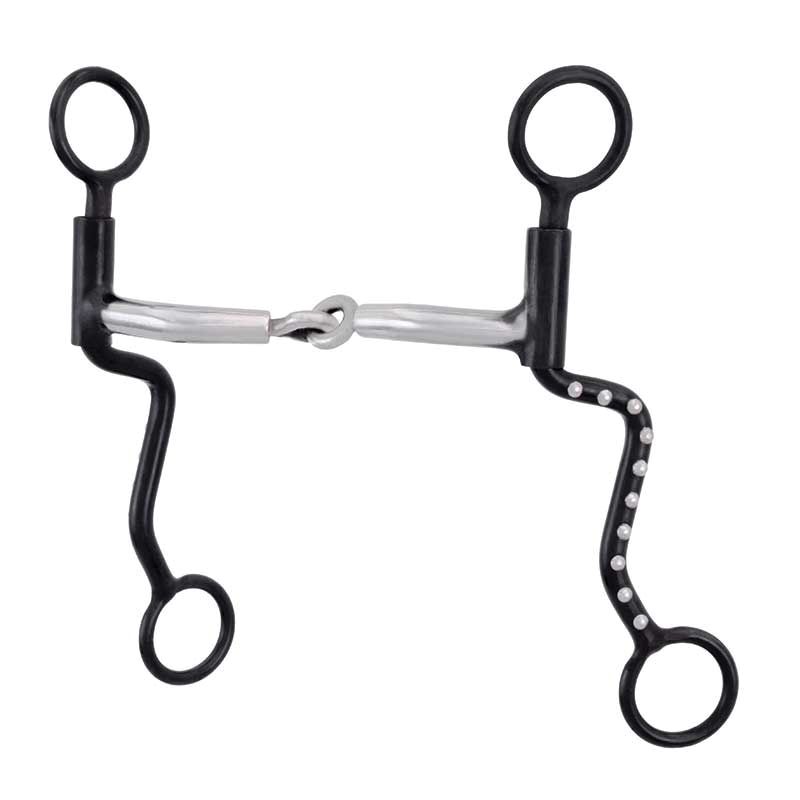How severe would this bit be considered? Compared to some, it seems pretty gentle, but I don't know if it is

Description:
Black satin pinchless bit

Description:
Black satin pinchless bit
- Level two
- 6-1/2 in medium shank
Last edited:



